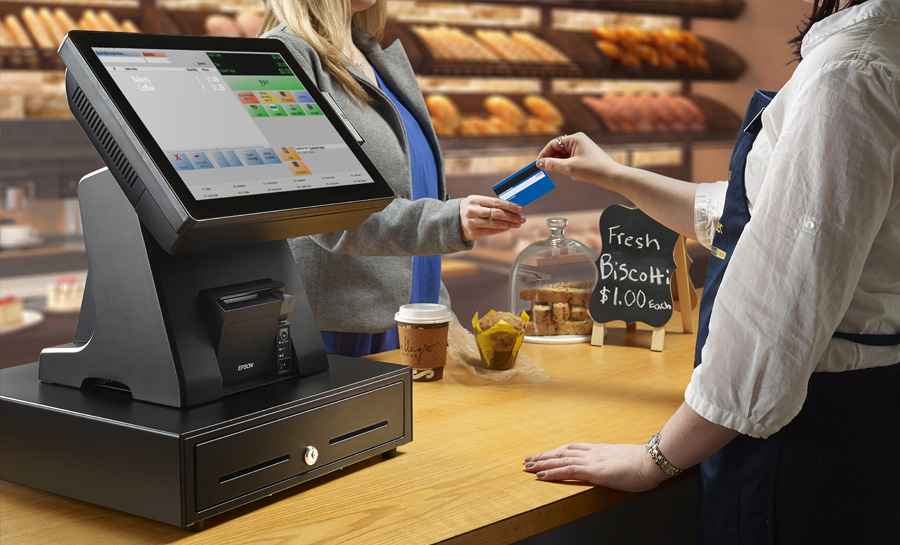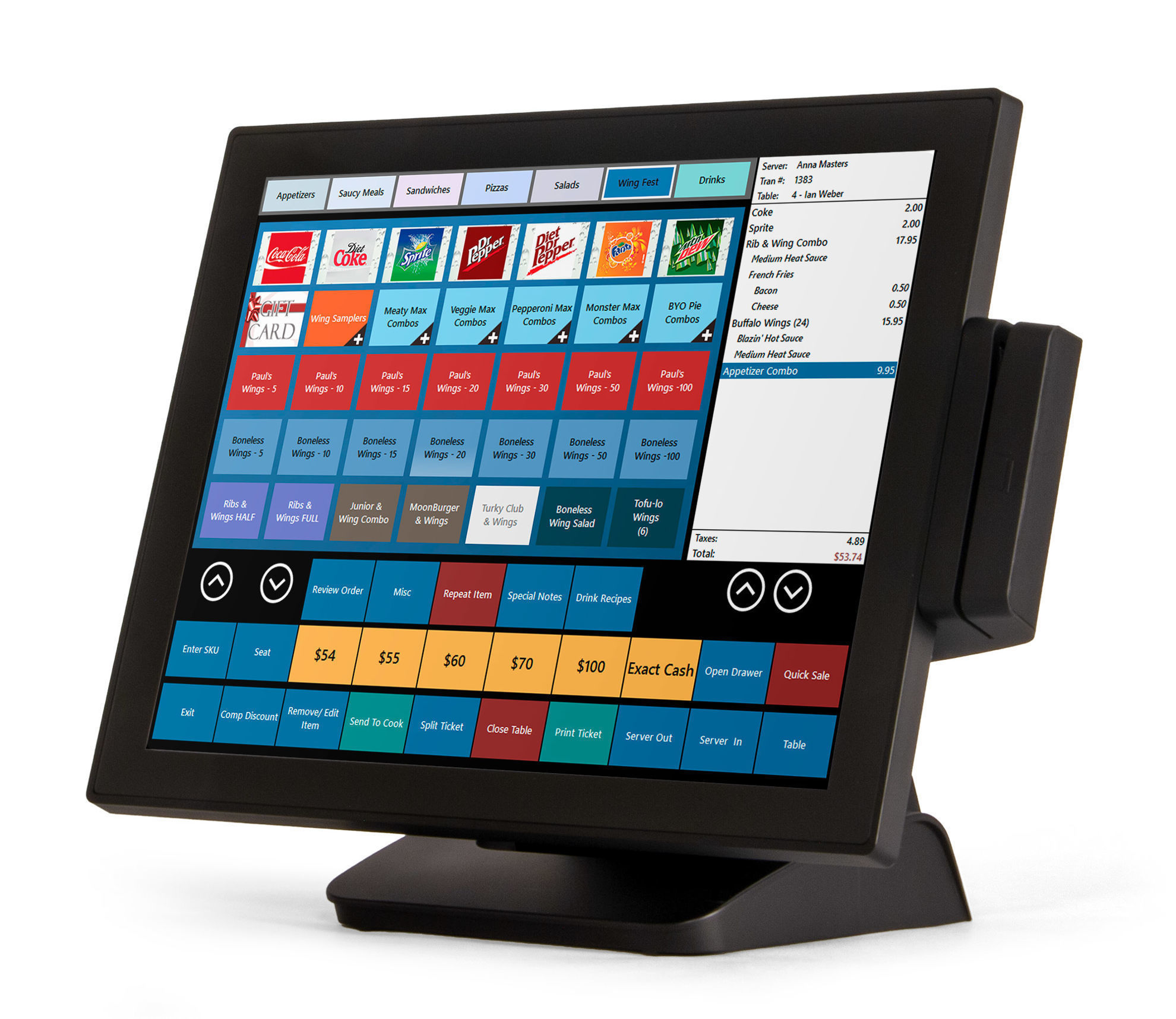POS Terminal Software: The upcoming of Point of Sales Solutions in the Online Age
POS Billing Software: A Sales Management Service Created To Simplify Deals For Little Enterprises
Functions and Benefits
When diving into the world of a Point Of Sales System for small company, it's not almost calling sales. What truly sets these systems apart is the rich tapestry of features woven into their design, each crafted to elevate the day-to-day grind of a small company owner. Picture a tool that not just tracks sales but likewise checks out the pulse of your stock like an experienced investigator. Interesting, best?
Core Functions That Transform Daily Operations
- Inventory Management: Gone are the days of frantic stock checks. Modern POS systems immediately update your stock, alerting you when products run low. It's as if your system whispers, "Hey, time to reorder!" before you even understand it.
- Sales Reporting: Numbers can be difficult, but a good POS system provides sales data in clear, digestible formats. Charts, graphs, and real-time control panels make it simple to find patterns and make notified choices.
- Worker Management: Setting up shifts and tracking hours end up being smooth. This feature not only conserves time however lowers human error, a constant thorn in the side of little business owners juggling many hats.
- Customer Relationship Management (CRM): Think of understanding your customers along with your buddies. POS systems can keep consumer preferences and purchase history, enabling personalized marketing that feels authentic, not required.
Advantages That Talk To the Heart of Small Company Needs
Why do these features matter? Because behind every deal is a story, and a properly designed POS system helps you tell it better. It's not practically effectiveness; it's about empowering you to concentrate on what really matters-- your clients and growth.
| Feature | Benefit | Effect on Company |
|---|---|---|
| Real-time Inventory Updates | Avoids stockouts and overstocking | Enhances capital and client satisfaction |
| Detailed Sales Analytics | Identifies best-selling products and peak hours | Notifies marketing and staffing methods |
| Integrated Payment Processing | Accelerate checkout and decreases mistakes | Improves customer experience and constructs trust |
| Consumer Data Management | Makes it possible for targeted promos and commitment programs | Improves repeat business and customer retention |
Ever Wondered How This Plays Out in Real Life?
Photo a charming cafe owner, juggling orders throughout an early morning rush. The POS system not just processes payments swiftly but alerts her to a dwindling supply of her signature beans. She reorders seamlessly, avoiding a consumer disappointment. Small minutes like this, powered by smart technology, become the unrecognized heroes of business success.
Could your small company thrive with a tool that feels more like a partner than simply a machine? The best Point Of Sales System does not just deal with deals-- it informs the story of your business, unlocking potential concealed in everyday data.
Checking out the Types of Point Of Sales Systems for Small company
Picture strolling into a dynamic coffee shop, the barista juggling orders while the register sings the song of seamless transactions. Behind that consistency lies the option of a POS system, customized to fit the rhythm of the service. However what sort of systems really empower little services to thrive? Let's dissect the landscape.
1. Conventional POS Systems
These are the sturdy old-timers, typically hardware-heavy and locally installed. They boast robust functionality however often seem like carrying a typewriter into the digital age. While they provide reliability, their rigidness can journey up businesses craving agility and remote gain access to.
- Pros: Fast processing, offline capability, detailed inventory management.
- Cons: Initial hardware investment, limited flexibility for scaling or mobility.
2. Cloud-Based POS Systems
Think about these as the active acrobats of the POS world. Cloud-based systems operate via internet, allowing business owners to handle sales and inventory from essentially anywhere. This freedom, nevertheless, dances in tandem with dependency on stable web connections-- a double-edged sword for some.
- Advantages: Real-time updates, scalability, integration with numerous gadgets.
- Downsides: Vulnerability throughout internet blackouts, constant subscription charges.
3. Mobile POS Solutions
Have you ever stood in line at a farmer's market, enjoyed a vendor call sales on a tablet, and questioned how that magic takes place? Mobile POS systems turn smart devices and tablets into powerful sales tools. They shine in environments where movement and versatility overshadow the need for bulky terminals.
- Perfect for pop-ups, food trucks, and little retail shops.
- Integrates with payment gateways and supports quick checkouts.
- Bear in mind: Smaller sized screen sizes can often restrict innovative inventory tracking.
4. Self-Service Kiosks
Automation actions in with self-service kiosks, transforming customer interaction. While more common in bigger setups, little organizations checking out ingenious client engagement might think about scaled-down variations.
- Minimizes wait times and releases personnel for other tasks.
- Needs thoughtful UX style to prevent user frustration.
| Type | Best Suited For | Key Function | Prospective Restriction |
|---|---|---|---|
| Standard POS | Developed brick-and-mortar stores | Offline transactions | Hardware expenses |
| Cloud-Based POS | Services requiring remote gain access to | Real-time data syncing | Web dependence |
| Mobile POS | Mobile vendors and pop-ups | Portability | Restricted screen area |
| Self-Service Kiosks | Customer-centric environments | Automation | Design intricacy |
Do you ever wonder why some small organizations seem to move effortlessly through their sales process while others stumble over easy jobs? The kind of POS system selected typically draws the line between smooth cruising and operational headaches. Choosing a system without thinking about the specific workflow can cause missed out on sales or inventory turmoil. A flower shop managing seasonal items may find conventional stock modules cumbersome, whereas a cloud-based setup offers vibrant updates and multi-device gain access to.
Pro pointer: Dig into the subtleties of integration abilities. A POS system that syncs with your accounting software application and stock management can conserve hours of manual labor each week. Keep in mind, the goal is to simplify. If the system seems like an obstacle, it most likely is.
Implementation and Setup
Envision standing in your little store, surrounded by curious clients, while your new Point of Sales System blinks calmly on the counter. The adventure of modern-day technology satisfies the truth of getting it up and running. However how does one leap from the excitement of purchase to seamless operation?
Setting up a POS system for small company isn't almost plugging in hardware and clicking through software application triggers. It's a detailed dance, where every action should be precise to avoid missteps that ripple through day-to-day operations.
Key Steps to a Smooth Setup
- Inventory Integration: Before you scan your very first product, ensure your inventory database is clean and comprehensive. Replicate entries or missing SKUs can trigger turmoil throughout deals.
- Hardware Setup: Link peripherals like barcode scanners, invoice printers, and money drawers thoroughly. Pay attention to USB port tasks and motorist setups-- a neglected detail here can stall your workflow.
- User Gain Access To Levels: Specify clear functions within the system to prevent accidental overrides or unauthorized refunds. A well-structured user hierarchy protects your sales data's stability.
- Tax and Pricing Rules: Customize tax rates and discount structures to show local guidelines and your promotional strategies. Automated computations avoid expensive manual mistakes.
- Test Transactions: Run numerous circumstances simulating real sales to determine any glitches or traffic jams. Do not ignore this action-- it saves headaches later on.
Professional Tips for Effective Execution
- Backup existing sales and inventory information before moving to the brand-new system, just in case.
- Use batch import functions for inventory data; manual input is a recipe for errors.
- Think about the workflow from both the cashier's and the client's perspective when arranging your checkout user interface.
- Label cables and gadgets during setup to streamline troubleshooting and future upgrades.
- Arrange installation throughout off-hours to avoid disrupting peak company times.
Typical Setup Snags to Look For
| Concern | Impact | Avoidance |
|---|---|---|
| Incorrect tax settings | Overcharging or undercharging consumers | Validate local tax codes and update system accordingly |
| Hardware incompatibility | Peripheral devices fail to operate | Inspect device compatibility before purchase |
| User authorization mistakes | Unapproved access or accidental data removal | Set stringent access controls and audit frequently |

Have you ever wondered why some POS setups feel instinctive while get more info others seem to trip you up at every turn? The secret depend on anticipating the hidden snags and crafting your setup with insight. A well-executed execution not only accelerates sales but transforms your little organization's daily rhythm into a streamlined symphony.
Security and Compliance Considerations
Imagine waking up one morning to find your point of sales system has been breached overnight. Consumer information exposed, transactions jeopardized, and your small company's credibility teetering on the edge. It's a circumstance no business owner wishes to face, yet many overlook the subtle vulnerabilities that prowl in their POS infrastructure.
At the heart of every protected POS system lies file encryption. Not simply any encryption, however end-to-end file encryption that scrambles cardholder information from the moment it's swiped up until it reaches the payment processor. Without this, delicate information can fall victim to cyber eavesdroppers or hackers prowling in the network shadows.
Secret Security Practices to Strengthen Your POS
- Routine software updates: Outdated software resembles leaving your backdoor large open. Regular updates patch freshly discovered vulnerabilities that cybercriminals fast to exploit.
- Strong authentication protocols: Use multi-factor authentication wherever possible. A simple password won't suffice anymore-- layered security is the brand-new norm.
- Network division: Keep your POS system isolated from other organization networks. This separation restricts the spread of malware and unauthorized gain access to.
Compliance isn't practically ticking boxes-- it's a non-negotiable framework that guarantees you're dealing with payment information responsibly. The Payment Card Market Data Security Standard (PCI DSS) is often concerned as the gold requirement for POS compliance, however small companies regularly undervalue the depth of its requirements.
For example, did you know that keeping cardholder information beyond what's definitely necessary can quickly put you out of compliance? Numerous small company owners unconsciously keep deal logs with sensitive information for convenience, unintentionally inviting regulatory examination.
Compliance Checklist for Small Service POS Systems
| Requirement | Why It Matters | Pro Pointer |
|---|---|---|
| Encrypt transmission of cardholder information | Prevents interception throughout payment processing | Usage TLS 1.2 or greater for secure communication |
| Maintain a protected network | Blocks unapproved gain access to efforts | Change default system passwords immediately after setup |
| Carry out gain access to controls | Limitations who can see or process payment information | Assign role-based permissions tailored to task functions |
| Display and test networks regularly | Discovers breaches before they end up being disastrous | Schedule quarterly vulnerability scans and penetration tests |

Ever questioned why some small companies recover rapidly after a security scare, while others fall apart? The difference depends on proactive steps and comprehending the subtle intricacies of point of sale security. Easy actions like disabling unused services on your POS gadget can considerably minimize direct exposure.
Lastly, bear in mind that compliance is a moving target. Regulations develop, cyber threats alter, and what was protected yesterday may be outdated tomorrow. Stay curious, stay alert, and never ever assume your system is too little to be discovered.